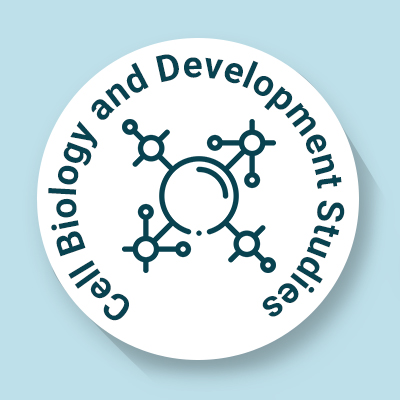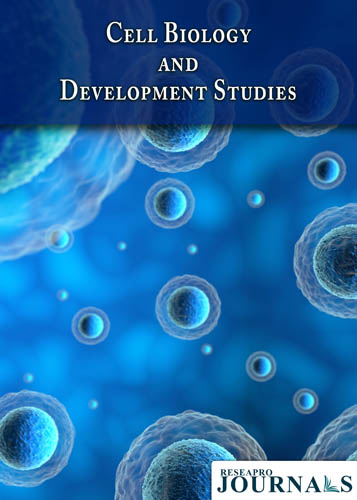
Cell Biology and Development Studies
OPEN ACCESS

OPEN ACCESS

Department of Microbiology and Parasitology, University of Madrid, Madrid, Spain
Cell and tissue morphogenesis are essential processes that govern the development of multicellular organisms, shaping the structure and function of tissues and organs. These processes are complex and highly regulated, as they determine how cells interact with one another and organize into
functional units. Morphogenesis refers to the dynamic changes in cell shape, size, and position that collectively drive the formation of tissues, organs, and overall organismal architecture. At the heart of morphogenesis is the ability of cells to alter their shape and position in response to internal and external signals. For example, during early embryonic development, cells undergo processes like cell division, elongation, and rearrangement, often guided by gradients of signaling molecules. These molecular signals direct cells to adopt specific roles, such as becoming part of an epithelial layer or a muscle fiber. The positioning of cells within the tissue and their interactions with neighboring cells are crucial to ensuring that the tissue functions properly once it forms. The molecular mechanisms driving morphogenesis are diverse and include several key signaling pathways that regulate cellular behavior. Growth factors, such as fibroblast growth factors (FGFs) and transforming growth factors
(TGFs), play central roles by promoting cell division, differentiation, and movement. These growth factors are often present in gradients, with different concentrations eliciting different cellular responses. Other signaling molecules, like the Wnt, Hedgehog, and Notch pathways, also contribute to the regulation of cell fate and tissue patterning. Together, these molecular signals guide cells through the intricate choreography of morphogenesis, ensuring the proper formation of structures like limbs, organs, and blood vessels.
Department of Microbiology and Parasitology, University of Madrid, Madrid, Spain